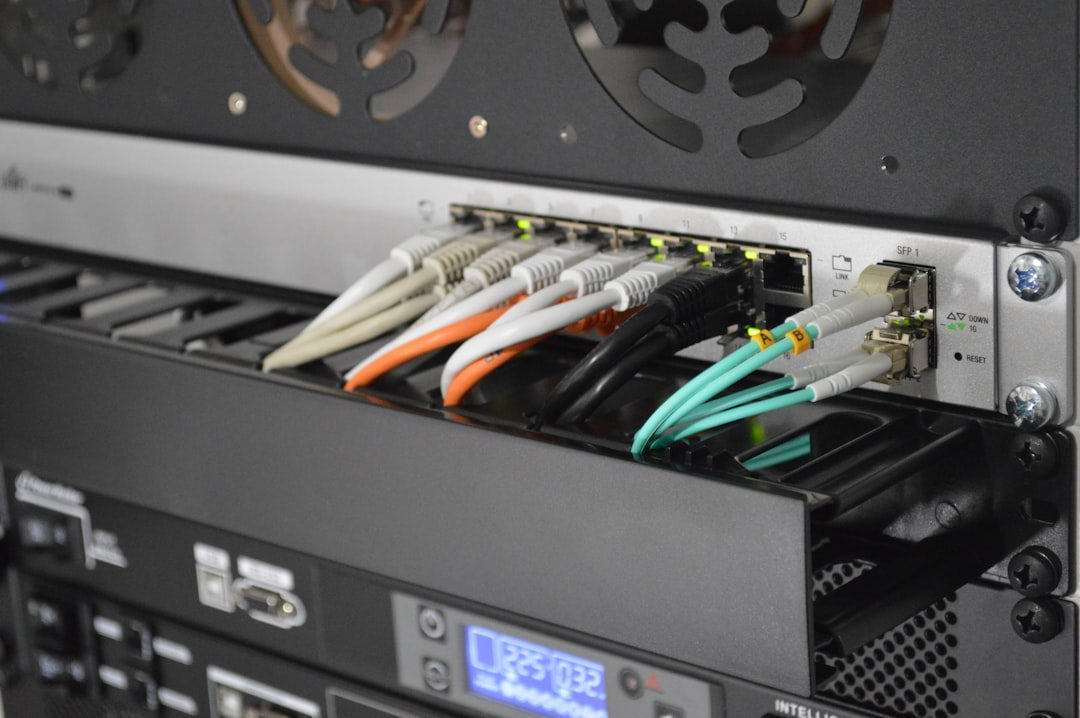Demystifying HDMI Technology: HDMI Switches vs. HDMI Splitters
March 01 2024 – Tendak

When it comes to enhancing your home entertainment system, understanding the difference between HDMI switches and HDMI splitters is crucial. Both devices play a pivotal role in managing multiple electronic devices connected to your TV, monitor, or projector. Let's delve into the world of HDMI technology and unravel the mysteries behind HDMI switches and HDMI splitters.
What is an HDMI Switch?
An HDMI switch is a device that allows you to connect multiple HDMI sources to a single HDMI port on your TV or display. This means you can effortlessly switch between devices like gaming consoles, DVD players, and streaming devices without the hassle of constant unplugging and replugging of cables.
Benefits of Using an HDMI Switch
One of the key advantages of using an HDMI switch is its ability to support various resolutions, including the latest 4K Ultra HD (3840x2160) formats. This makes it ideal for users who own high-definition TVs or monitors and want to experience crystal-clear picture quality without compromising on performance.
Understanding HDMI Splitters
An HDMI splitter, on the other hand, takes one HDMI input and divides it into multiple outputs. This is useful when you want to display the same content on multiple screens simultaneously, such as in a conference room, sports bar, or home theater setup.
Key Features of HDMI Splitters
Some HDMI splitters support features like 3D and 4K Ultra HD resolution, ensuring that you can enjoy a seamless viewing experience across all connected displays. They come in various configurations, allowing you to connect two, four, or even more screens depending on your needs.
Choosing the Right Device for Your Setup
When deciding between an HDMI switch and an HDMI splitter, consider your specific requirements. If you have multiple media devices but only one display, an HDMI switch would be more suitable. On the other hand, if you need to duplicate your screen output across several monitors, an HDMI splitter would be the ideal choice.
Installation and Setup
Both HDMI switches and splitters are typically easy to install and require minimal setup. They usually come with plug-and-play functionality, so you can start using them right out of the box. Simply connect your devices, power up the switch or splitter, and you're ready to enjoy your favorite content.
Compatibility and Connectivity
Make sure to check the compatibility of the HDMI switch or splitter with your existing devices. Most modern switches and splitters support a wide range of HDMI-enabled devices, including gaming consoles, Blu-ray players, laptops, and more. Ensure that the device you choose meets your specific connectivity needs.
Enhancing Your Home Entertainment Experience
By incorporating an HDMI switch or splitter into your entertainment setup, you can streamline your multimedia experience and eliminate the clutter of multiple cables. Whether you're a movie buff, gaming enthusiast, or tech aficionado, these devices offer convenience and versatility for all your viewing needs.
Final Thoughts: Optimizing Your Multimedia Setup
Understanding the distinction between HDMI switches and HDMI splitters empowers you to make informed decisions when enhancing your home entertainment system. Whether you opt for an HDMI switcher to seamlessly toggle between devices or an HDMI splitter to mirror content across multiple screens, these devices play a vital role in optimizing your multimedia setup. Choose wisely and embark on a journey of immersive viewing experiences!